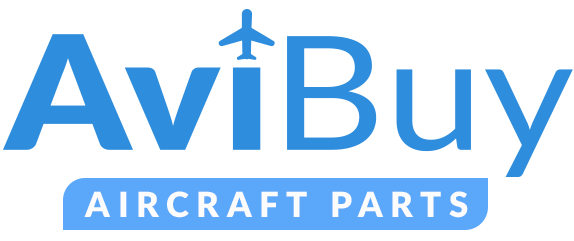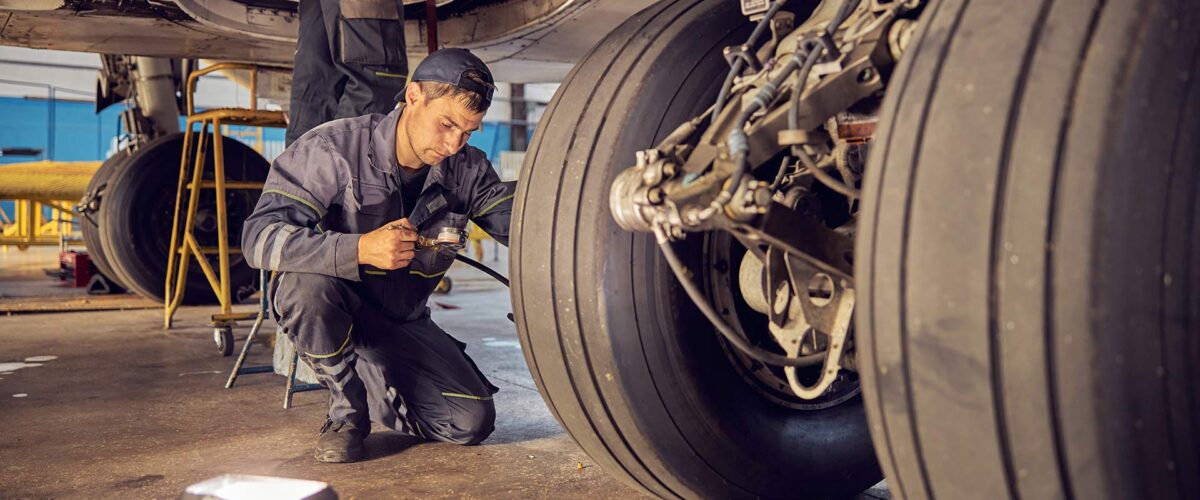Aviation has always been an innovative industry, it feels like new technology is currently flying through the door, and MRO hangers are no exception. Digital technologies in particular are becoming necessary tools, and embracing new aviation technologies now will help keep your competitive advantage. It is important to recognise however that with the vast array of new technologies it can be difficult to decide which ones to implement when, so how to keep up?
Overcoming Obstacles to Implementing MRO Technology
When it comes to new technology, if it seems like changes are too rapid and unfamiliar, then trying to keep up with every new development may actually hinder your productivity. The key is to focus on a few tools that will have the biggest impact on your work. By understanding how and when to use these technologies, you can stay ahead of the curve and be more productive.
- Take stock of the areas that could be improved or made more efficient. Which areas are costing you time and money, and could they be run more smoothly? This could be anything from parts inventory and supply chains, to visual inspections and organising scheduled and unplanned maintenance.
- Could you work more efficiently with stakeholders, and do these stakeholders already have systems and know-how in place that you could utilise?
- Perhaps most importantly, how can you best use the human skills you already have? Though not everyone will be quick on the uptake of new skills, don’t underestimate the value of existing organisational knowledge.
Considering the Costs of New MRO Applications
To stay competitive in this difficult and changing aviation environment, MROs need to recognise where new technologies will be of benefit. Limited experience in using new systems and a high initial setup cost may be restrictive, and MROs will likely have to consider the cost of necessary hardware and software. With most MROs still experiencing the post covid 19 crunch, it is wise to consider which technologies will be most financially advantageous and therefore most profitable to implement first.
Effect of Covid-19 on Technology Innovations in MROs
COVID-19 affected technology innovation in aircraft maintenance in a variety of ways. The uptake of some innovations was accelerated by the pandemic, and others were delayed.
Some large organisations were able to take the opportunity to migrate to new systems. This was particularly the case for IT changes and paperless solutions, as slow business and grounded fleets meant minimal operational disruptions. The opposite however also occurred, where organisations had to put implementations on hold to due financial and workforce constraints.
As a result of the pandemic, and technical skill shortages, there was a general pivot in the sector to remote work. This led to an acceleration of remote visual inspections and data-driven solutions being put into practice through virtual reality (VR) and augmented reality (AR) technologies. More MROs are using drones and other robotic sensor-equipped technologies for visual inspections. AR applications combined with cameras and smartphones have enabled mechanics to remotely inspect or monitor essential equipment. AR can also be used to provide remote support to on-site technicians. The uptake of this technology can make MRO processes more efficient by remotely connecting knowledge to the site instantly and reducing downtime.
Short-Term and Long-Term Benefits of MRO Technologies
There is always a cost with changing to a new system, so do consider the payback times over the short term, and the benefits over the longer term. Plan what you can realistically implement and when you can implement it. Some changes may be more complementary to undertake together, or in succession, than others. Remember to consider change fatigue too, and factor in time to get used to a new way of doing things. Having a plan in place could save your MRO money and helps you to make the best use of your new systems.
There are of course many facets of MRO technology across the spectrum of engineering, planning, production, and supply chain. Where you make the changes first may depend on your own business. Using virtual reality and augmented reality applications to extend technician skills is one example of an innovation with a short payback.
Digitalisation can help MROs reduce costs by automating repetitive tasks and improving communication and collaboration between different departments. Analytical software can be used to identify trends and optimize maintenance schedules. Additive manufacturing can be used to produce parts on demand, reducing lead times and inventory levels.
In the long term, data-driven applications such as those to identify trends and optimise maintenance schedules will have the biggest benefits.
MRO Distributed-Ledger Solutions & Challenges
Some of the biggest challenges in the sector can be a lack of digital records, supply chain difficulties, and inconsistencies between systems, as these processes are often still manual. Blockchain and other distributed-ledger technologies may provide a solution. Blockchain creates new ways of publishing and sharing information based on a ‘single source of truth’ and shared control of data by stakeholders. It is a ledger of digital information that can be replicated, shared, and trusted.
However, this solution poses a challenge.
The technology is there, but making data accessible to everyone, getting buy-in and uptake from all stakeholders, including OEMs, lessors, airlines, and MROs, as well as standardising processes, protocols, and standards, will take quite some time on a larger scale. It is currently possible with smaller groups of stakeholders for a given situation, for example, within your own direct connections, and this may well be a good option to start introducing digital data systems.
Summary
Of course, not all technologies will be equally profitable for all MROs. The key is to identify the technologies that will have the biggest impact on your particular operation and then invest in them wisely. Digitalisation, analytics, and additive manufacturing are generally the most profitable technologies for MROs to implement in the current environment. Virtual reality and augmented reality applications have good immediate benefits, and in long term, data-driven applications will have the biggest benefits. Plan your changes carefully to get the best results and avoid change fatigue. With careful planning and execution, you can come out of the COVID-19 crisis stronger than ever.

